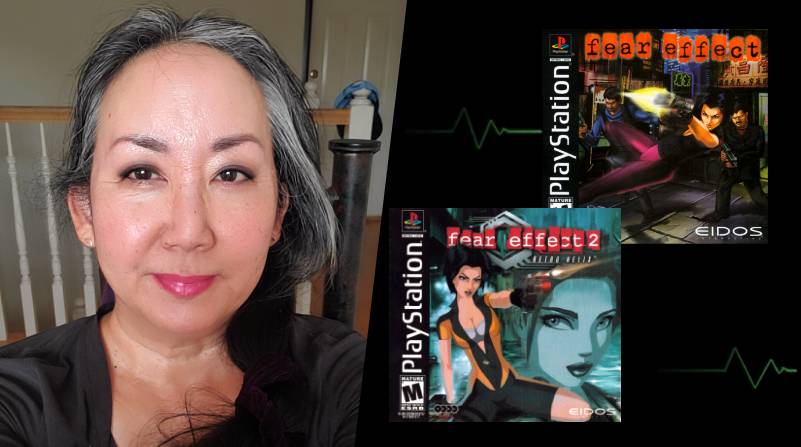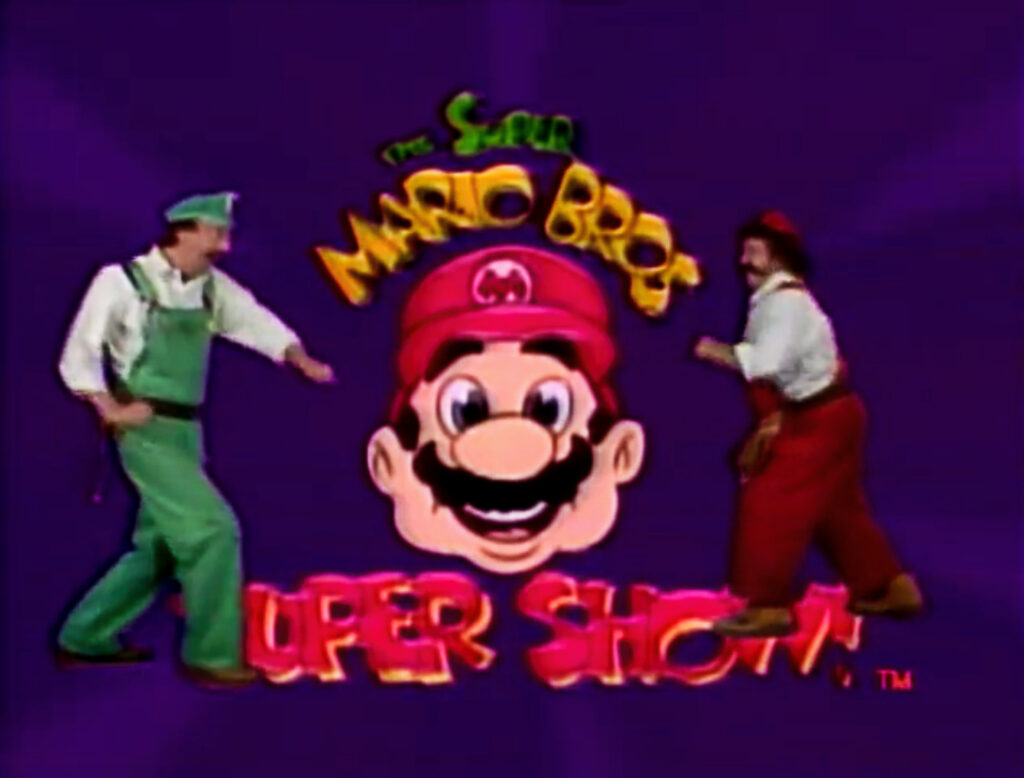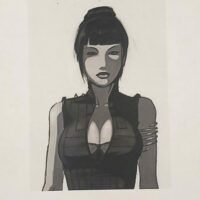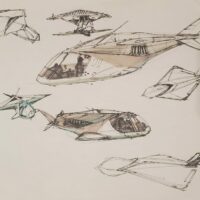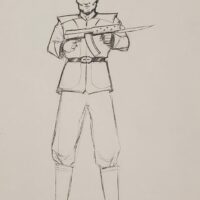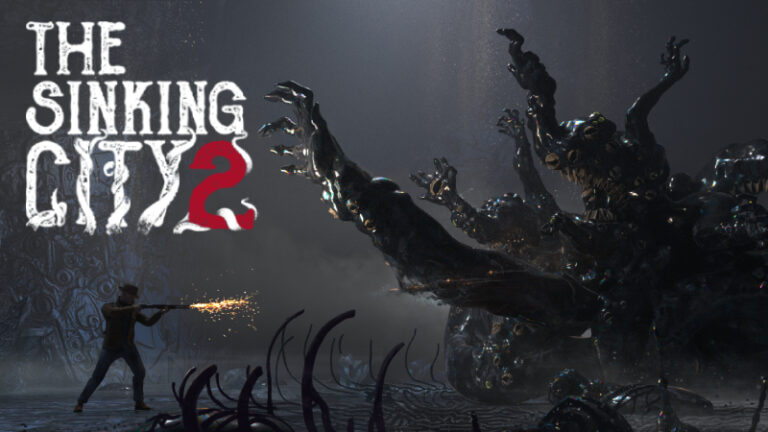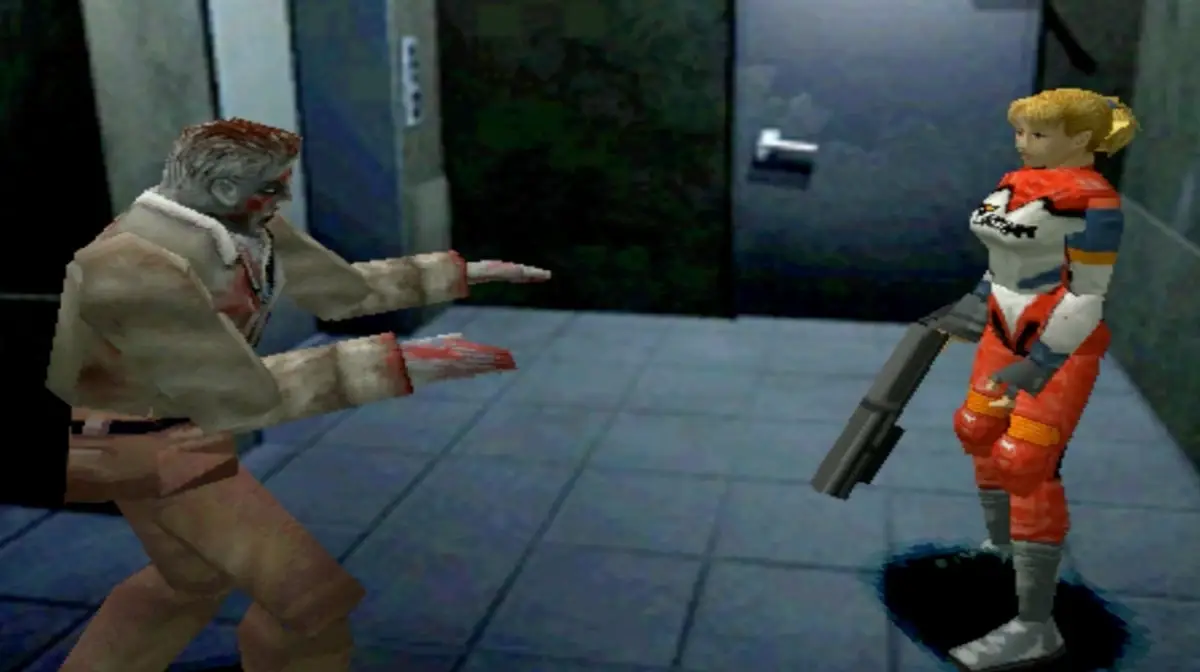On February 24th, 2000, the action-adventure horror game Fear Effect was released in North America for the original PlayStation. Developed by Kronos Digital Entertainment and published by Eidos Interactive, the game would go on to become a cult classic, spawning a prequel in 2001, a Kickstarter-backed sequel in 2016, and an upcoming reimagining for modern platforms.
We recently spoke with John Zuur Platten about his career and experiences as the writer and director of the original Fear Effect. Now, we’re talking with Joan Igawa, who worked on both Fear Effect and its prequel Fear Effect 2: Retro Helix in a variety of roles, including Lead Character Artist & Cinematic Artist, and Animator & Artist respectively.
Joan has had a 15-year-plus career working as an artist in the animation and video game industries and has worked on a range of titles from the Genesis era all the way to the PS2 and mobile games. In addition to being an artist on the original two Fear Effect games, Joan was also married to Stan Liu, the creator of the Fear Effect series and founder of Kronos Digital Entertainment, who sadly passed away from cancer in 2017.
Joan was gracious enough to sit down and talk with us about her career and her immensely talented work on the Fear Effect series.
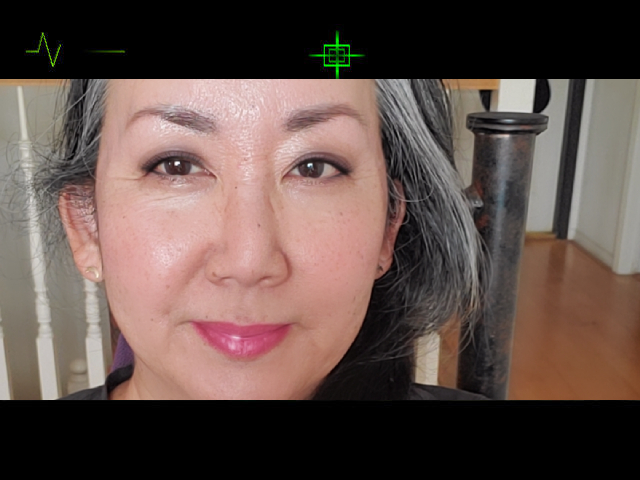 ROH: Thank you so much for agreeing to do this interview. It’s such a pleasure to speak with you!
ROH: Thank you so much for agreeing to do this interview. It’s such a pleasure to speak with you!
Joan Igawa: Sure, you’re welcome. Hopefully, I can remember a lot, because this was a long time ago.
ROH: Yeah, it’s been about 22 years since the first game.
Joan Igawa: Holy cow. Wow, I feel old!
ROH: You’ve enjoyed a wide-ranging career that includes working in the television animation industry, videogame development, and operating your own e-commerce store. Please introduce yourself and tell us a little bit about yourself.
Joan Igawa: My name is Joan Igawa and I’m 56. I’ve been an artist on my entire life. I went to Art Center College of Design. That’s where I met Stan (Liu). After I graduated Art Center, one of my first jobs was in the TV animation industry working at DIC animation studios. So, I was working on Super Mario Brothers and other Saturday morning cartoons like G.I. Joe. I got hired as a background color key artist. We created what the background was going to look like and then they’d send it over to Korea, where they actually do the full-size production backgrounds. That was the funnest job in the world for me, but they hired only seasonally so they would lay you off at the end of the season, and then you’d be out of work for a few months until they rehire you back, because they were non-union.
I was looking for a more stable income and stumbled across a job for video games for this small developer in Diamond Bar, CA. They were just about to start developing for the Sega Genesis. When I came on, I helped out with the last game that they were wrapping up for the TurboGrafx-16. So, that’s how I got started.
Stan had always loved video games. We would both stay up late at night playing Super Mario on Nintendo and games on the Commodore 64. My job got him excited. He was still working for Alias at the time, which was a 3D software company. Around that time, he and his partner Albert Co were doing stuff on the side. Albert had a cut of Alias software that he purchased on his own, and they were super-expensive back then.
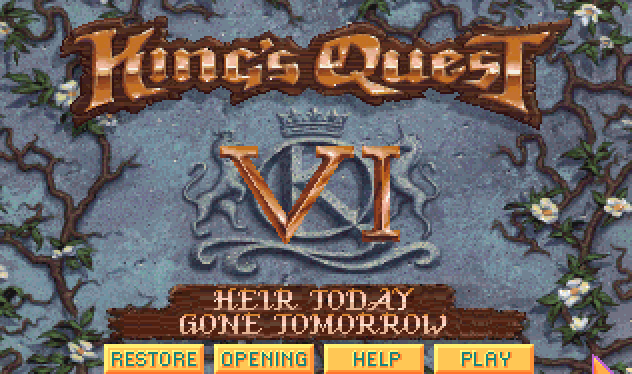
They got this opportunity to develop the cinematics for King’s Quest VI: Heir Today, Gone Tomorrow (1992) by Sierra On-Line. One thing led to another and they started getting more and more opportunities to work in video games. Stan just kind of diverted his interest and they started their own company, Kronos. I eventually joined them as a 2D artist and they were focusing on 3D, which was fairly new. So, I forced myself to learn 3D and the rest is history.
ROH: So, were you on the ground floor when Kronos started, or did you get in a little later?
Joan Igawa: I got in just a little later. I was still working for other companies. I moved on to Malibu Interactive, which was a part of Malibu Comics. I was still doing 2D pixel animation and pixel art and was just kind of glancing over at what Stan and Albert were doing, and it looked like this was the next step to start learning. So, I joined when they were developing Criticom (1995). That’s when I started learning more about the software and helping out. I did take some classes before, like when I was still at Art Center, but then really had to immerse myself in 3D.
ROH: That’s a big step from 2D to 3D.
Joan Igawa: Yeah, it was a pretty big step and there was a lot to learn. We were a jack of all trades. I did some modeling, texture work, and animation. I did a little bit of rigging but that wasn’t my forte. It’s something that I didn’t really enjoy doing. Then I took on texturing. I really liked doing that. That’s how I started texturing all the models. As the company started growing, and they started getting other projects, like Meat Puppet and Dark Rift, that’s when I started to fully immerse myself into doing a lot of texturing and animation.
ROH: Which modeling programs were you using at the time?
Joan Igawa: We were using Alias|Wavefront, which ultimately became Maya. We didn’t really use anything else. Stan worked for the company, so I guess he might have gotten a good deal.
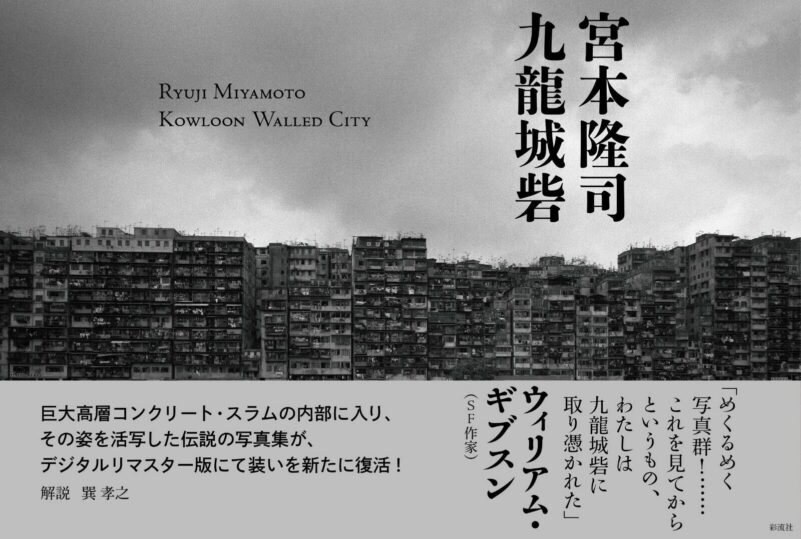 ROH: Can you take us through the development process for the original Fear Effect?
ROH: Can you take us through the development process for the original Fear Effect?
Joan Igawa: Stan was a huge Blade Runner fan and we were all anime fans. He wanted to do something that was different than your typical Resident Evil-style game. He wanted to be a little bit more immersive. He grew up in Hong Kong and was really influenced by the Kowloon Walled City that was nearby where he lived.
There was a beautiful photography book called Ryuji Miyamoto: Kowloon Walled City that explored this whole structure where these buildings were built on top of one another. It was this mishmash of different buildings and you could literally get lost if you didn’t know your way around. It was pretty cool and scary. Everything was just kind of Frankenstein’d together with the electrical systems and their plumbing. It was just this crazy-looking structure. I don’t think it exists anymore. He was influenced by that.
Stan started writing the story of Fear Effect and then brought in John Platten, who was a writer. John developed the story and the characters from Stan’s idea.
ROH: Kowloon Walled City is the perfect inspiration for a cyberpunk video game.
Joan Igawa: Yeah, exactly.
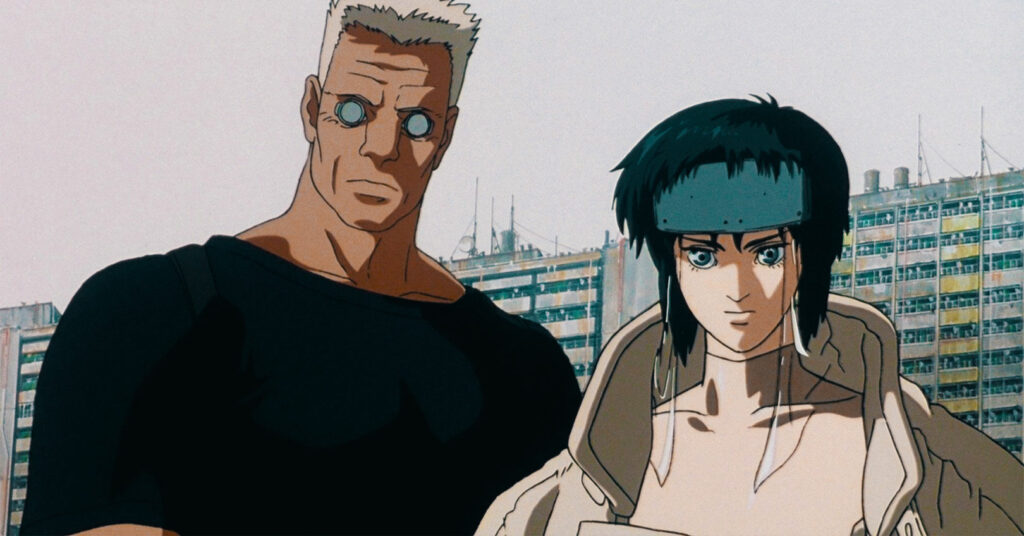 ROH: You are credited with coming up with the iconic faux cel-shaded look of Fear Effect. The writer and director of the original game, John Zuur Platten, said he liked anime and wanted to implement that design style into the game. How did you achieve this look and what were your influences?
ROH: You are credited with coming up with the iconic faux cel-shaded look of Fear Effect. The writer and director of the original game, John Zuur Platten, said he liked anime and wanted to implement that design style into the game. How did you achieve this look and what were your influences?
Joan Igawa: I really loved Ghost in the Shell (1995) and took a lot of influence from the characters from that. That was kind of fun and challenging to come up with the look of that.
Back then when you were rendering something in Alias, you have these shaders that are embedded into the program. There was one shader that I used called the Lightsource shader, which was pretty flat and gave that shaded cartoon look. I was experimenting with that to keep the characters lit from a single light source. Even if the light source is behind them, they’re always shaded on one side. So, there’s always a shadow on one side of the character even if it doesn’t really make sense logically. But nobody really pays attention to that anyway and I thought it worked. That’s how I came up with that look.
The software we were using couldn’t handle anything that could do an outline of the character like they do now. That was the closest thing I could come up with to do a 2D shaded character. I think it worked out really well visually.
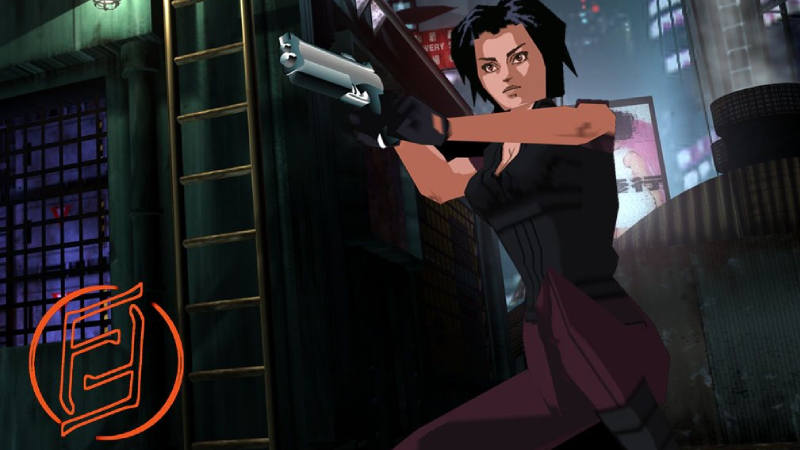 ROH: It’s such a specific look, I love it. Because you went with shaded 2D textures, the detail was very intricate, and it gave a lot more depth to the characters than if you had gone the more traditional route and done them with semi-realistic textures and shading.
ROH: It’s such a specific look, I love it. Because you went with shaded 2D textures, the detail was very intricate, and it gave a lot more depth to the characters than if you had gone the more traditional route and done them with semi-realistic textures and shading.
Joan Igawa: Yeah, I agree. The models were pretty simplistic because we were limited to a certain polycount for each character, and they can only handle so much. Everything from facial expressions to their mouths, we had to break everything down with mouth movements, the vowels and the consonants, and just so that it didn’t look like the mouth was opening and closing.
Right. And were those just flat 2D textures again, placed on the model?
Joan Igawa: Yeah, that was all animated with all the different mouth movements and facial expressions. That was fun.
ROH: Designing characters in 2D is one thing, but translating those designs into functional 3D models while still making them look aesthetically pleasing is a completely different challenge. Can you speak about how you translated the 2D designs into the final in-game and cutscene character models?
Joan Igawa: You mean the cinematics?
ROH: Yes.
Joan Igawa: Basically, it was the same thing. I believe we might have used higher polycount models for the cinematics because there was no limitation for that, so they looked a little better than the actual in-game models, but the process was still the same.
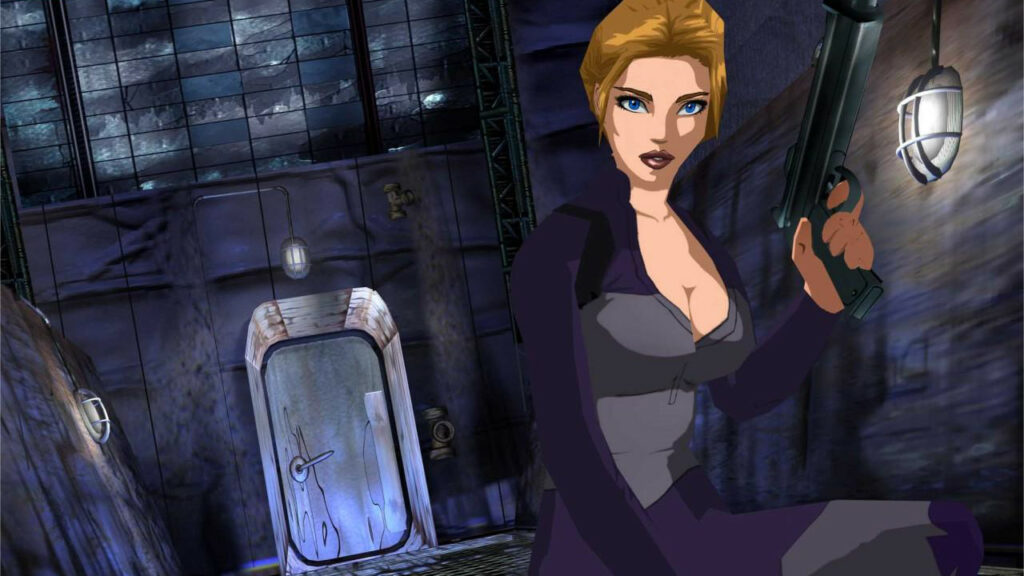 ROH: So, you would get a 2D design from the character designer and then apply that to the polygonal version of that? What was that process?
ROH: So, you would get a 2D design from the character designer and then apply that to the polygonal version of that? What was that process?
Joan Igawa: John Paik created the overall look of the characters. I took that and translated that into what I thought would look good. Everything was based off his designs, but I felt like I could put a little bit of myself into it. The end result look would look different from what John had initially designed, like the outfit, expression, and facial features. That was my little personal touch to that. So that was kind of nice.
Stan had an idea of what he wanted main characters like Hana and Rain to look like. Rain was based on this French Victoria’s Secret model (Laetitia Casta). He’s said, ‘I want her to look kind of like this.’ So, I translated that the best I could to make Rain look the way she does.
ROH: Did Stan have a lot of references for certain characters or were most of them original designs?
Joan Igawa: It was mostly just here and there. If he put some input into a character, it was mostly Rain. That’s what I can remember. Everything else was based on John Paik’s vision.
ROH: Fear Effect’s world is a fusion of Eastern mysticism and Western Hollywood action sensibilities. Did you find it challenging to merge these two styles into a cohesive visual look or was it more of an exciting kind of challenge?
Joan Igawa: I think it was more of an exciting type of challenge. It was more of a challenge for John Paik and Pakin Liptawat because they were the ones who had to come up with the whole look and merge everything. For me, it was mostly texturing. That was an easier, more creative job for me than for them.
ROH: So, John did the characters and Pakin did the environments. Did you do any environmental work or was it just characters?
Joan Igawa: It was mostly just characters and some of the animation for the cinematics. Before your call, I was looking over flat files of the original artwork. We have a plethora of sketches, original drawings, and designs from both Fear Effect games. John did a lot of not just the characters, but also a lot of props and weaponry. Pakin did some character design, as well as backgrounds and vehicle designs.
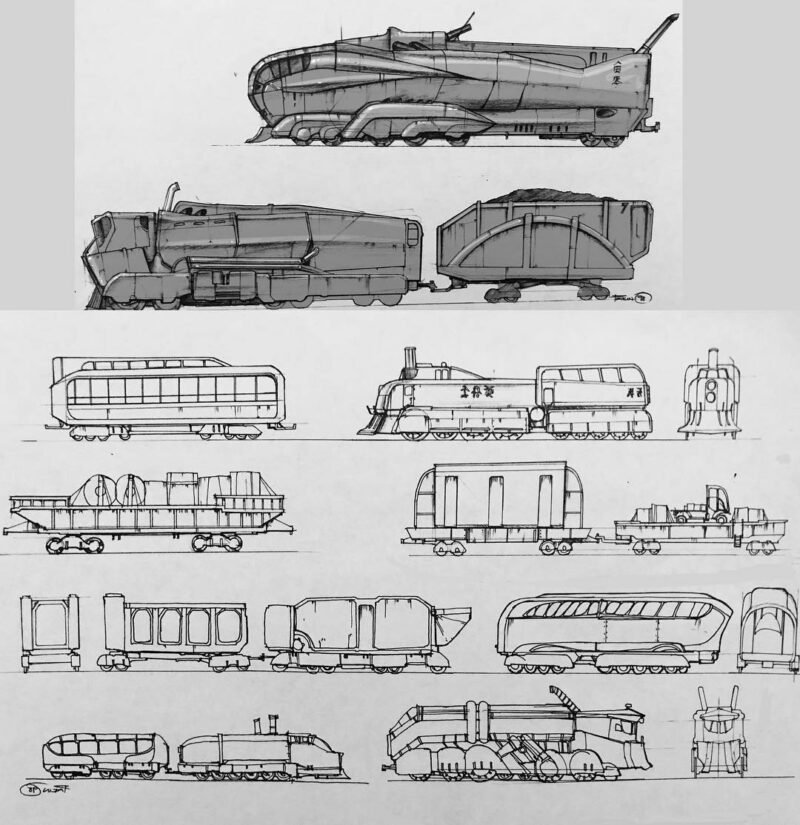 ROH: I love the vehicle designs in Fear Effect. Pakin has this very specific style. If you see a car in the Fear Effect universe, there’s nothing else like it. It’s sort of like Blade Runner, but it’s very brutal, with all these sharp angles and blunt edges. He makes a train look very different than a modern train, but you can still recognize it as a train. It’s a very distinct style.
ROH: I love the vehicle designs in Fear Effect. Pakin has this very specific style. If you see a car in the Fear Effect universe, there’s nothing else like it. It’s sort of like Blade Runner, but it’s very brutal, with all these sharp angles and blunt edges. He makes a train look very different than a modern train, but you can still recognize it as a train. It’s a very distinct style.
Joan Igawa: He does have a distinct style about his work.
ROH: One of my favorite characters is Jin, Hana’s shady employer. How did you come up with his look? Were you influenced by anyone in particular or was it more just translating what John had done into a 3D space?
Joan Igawa: It was more translating what John had done. He did all the initial character designs and it was my job just to translate those designs onto the models. There weren’t a whole lot of designs that came from me.
ROH: How soon after Fear Effect was released did work begin on Retro Helix?
Joan Igawa: I want to say maybe a year or two after. I don’t think it was long at all.
ROH: At the time of the release, both games received a fair bit of controversy surrounding how women were portrayed, especially the second game. Critics complained that Hana and Rain were overly sexualized and argued that it distracted from the game. I find it ironic that you had a hand in designing and animating these characters. Do you have any thoughts about that and how you interpreted the design of female characters in the series?
Joan Igawa: It never bothered me. Let’s just put it that way. It was a male-dominated industry and working in an office with mostly guys, it didn’t, for some reason. I wasn’t sensitive to that. In fact, I think might have had a hand in the towel scene when I suggested maybe Hana drop her towel to distract the soldier. So yeah, I might be guilty of that too.
ROH: I didn’t realize you had such a hand in both games. Were you the only woman who worked on the series or were there a couple of others?
Joan Igawa: No, there were a couple of other women. I wasn’t the only one. I think we all shared the same sentiment; it didn’t really bother us, and if it did, they didn’t say anything.
ROH: In going through the credits for both games, I noticed that there were a lot of Asian designers. Do you think this cultural influence informed the game’s design aesthetic?
Joan Igawa: Oh, yeah, I think it did. I mean, with Stan being from Hong Kong, there was a lot of Asian influence. I think that’s what made the design really good.
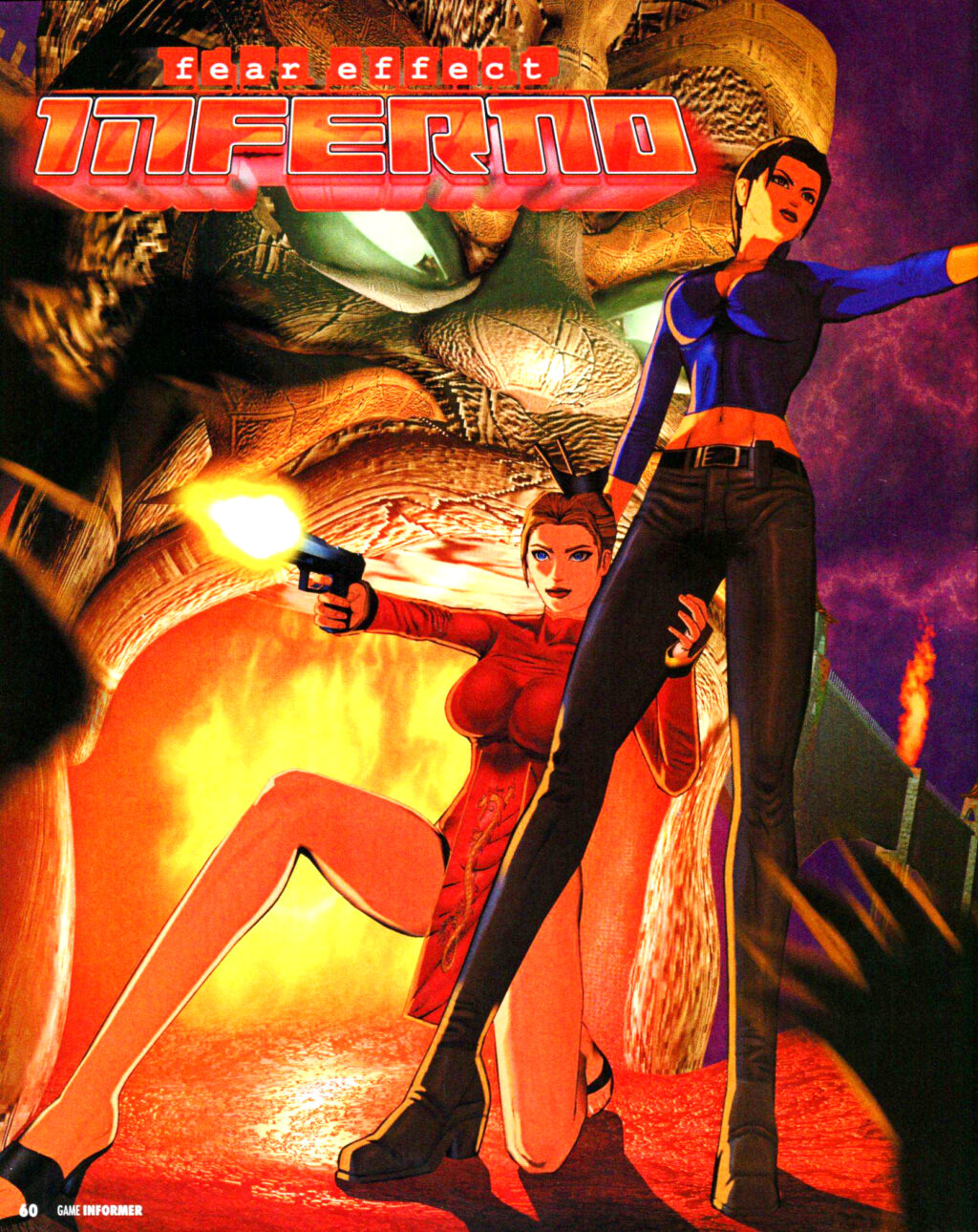 ROH: Can you comment on your involvement with Fear Effect Inferno (PS2)? It seemed like an evolution of the animation and cel-shaded art style from the first two games and it looked like you had done a lot of work on it before it was unceremoniously canceled by Eidos.
ROH: Can you comment on your involvement with Fear Effect Inferno (PS2)? It seemed like an evolution of the animation and cel-shaded art style from the first two games and it looked like you had done a lot of work on it before it was unceremoniously canceled by Eidos.
Joan Igawa: It was basically doing the same thing I did on both Fear Effect games. I was creating all the texture maps and I think I might have done some of the cinematic animation as well. But basically, my job description didn’t really change much. I was still heavily doing texture maps for everything. I think Takashi Morishima was helping with the textures as well.
ROH: I don’t know what happened. There’s a rumor that it was about 90% done when Eidos supposedly canceled it as a result of its more stringent quality assurance program. I was looking forward to that game so much, and then it still has never come out.
Joan Igawa: You might be correct. I don’t remember. I just remember the time that it was just canned. I can’t recall how much of the game was finished. I don’t really remember if it was up to 90% done. I thought we might have still been in the beginning stages of creating the game.
ROH: Was the process the same for all of the games? For example, would you have done the cutscenes first to get that in place and then the gameplay, or was it just sort of whatever you needed for a certain game?
Joan Igawa: I think the in-game characters were first. Because the texture maps had to be a lot smaller than the ones used in the cinematics. We did some of the high-res models first and then translated them down to in-game models and had to make them a lot smaller. I remember doing a lot of the cinematic stuff. I don’t think we got to a lot of game stuff.
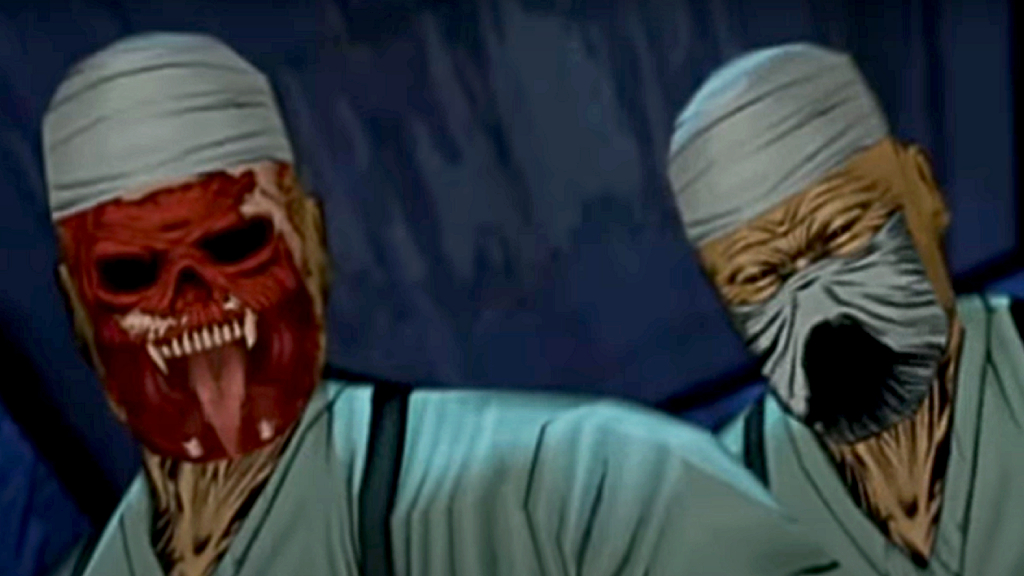 ROH: Inferno’s designs were getting really wild and really out there. There’s a cutscene where Hana pulls a doctor’s mask off and there’s a demon face behind it.
ROH: Inferno’s designs were getting really wild and really out there. There’s a cutscene where Hana pulls a doctor’s mask off and there’s a demon face behind it.
Joan Igawa: I think most of it was for promotion purposes to really get the publisher excited about the game.
ROH: Would you ever consider returning to the series for any potential future entries?
Joan Igawa: Oh, I don’t know. They actually did Fear Effect Sedna, but I was not asked to work on it.
ROH: Sedna just doesn’t look the same. It’s doing the modern 2D look with the black outline, but it’s just not the same. How do you think you’d design them now? Would you change the look in any way to modernize the characters or would you try to keep the same style from the 2000s?
Joan Igawa: I would have kept the same style, for sure. What I remember from seeing gameplay for Sedna, it was a top-down isometric view, which defeats the purpose of the whole look and design of the characters. You don’t really see them. That was disappointing. A Resident Evil-style camera perspective would have worked so much better than that top-down look.
ROH: Stan has said in previous interviews that story and cinematic look, came first, even if it was at the expense of gameplay. I guess to the Sedna team that design philosophy was maybe secondary. By updating the look of the game, they lost a bit of that.
Joan Igawa: Or they just didn’t understand Stan’s vision and the reason he developed Fear Effect. They just didn’t get it, I guess.
ROH: I guess it’s always a challenge when another developer takes on something they didn’t initially create and tries to adapt it to fit their own sensibilities.
Joan Igawa: Yeah.
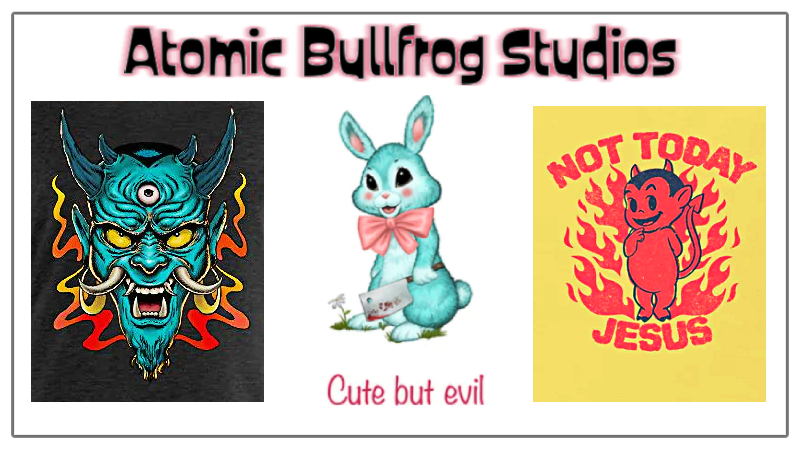 ROH: You have your own studio, Atomic Bullfrog Studios, a game development studio that evolved into a t-shirt/clothing merch business. Can you tell us how that came about?
ROH: You have your own studio, Atomic Bullfrog Studios, a game development studio that evolved into a t-shirt/clothing merch business. Can you tell us how that came about?
Joan Igawa: After Kronos, Stan was hired by Disney Mobile, which was in its early infancy. They started developing games for mobile. That was a time when I was telling him like, really, who’s going to ever play a game on their phone? Are you crazy? He was there for a while and I was still working in the video game industry. I was helping to develop a 50 Cent: Bulletproof and Fight Club for Vivendi. Then I was let go. I guess they were having trouble, so they had let go of a whole bunch of their employees. I took that time off to raise my kids.
Stan was still working at Disney when he decided to start his own mobile game company. That’s when he started Atomic Bullfrog. He teamed up with his partner Alan, who was an Irish developer that was working with Disney, and they started developing mobile games for iPhone, and then eventually for Android.
After Stan passed away in 2017, Alan was doing his own thing and the Atomic Bullfrog LLC was just sitting there. I wasn’t sure whether I was going to let it die or if I should keep it going. I decided I would hold on to it. That’s when I started learning Adobe Illustrator and got an account on merch by Amazon. I started designing T-shirts and decided to use the Atomic Bullfrog LLC name as a business. That’s how that started.
ROH: I imagine it was nice to go back to doing 2D stuff again.
Joan Igawa: Yeah, I couldn’t get myself to go back to gaming. The hours were just long and even if I wanted to, there was so much catch up to do with the software. It’s changed so much that I would basically have to start over, and I didn’t want to. I encounter that now with Adobe Illustrator. Every time they make an update, something’s moved.
So yeah, I was done with video games. I would help Stan every now and then with his mobile games if they needed some rudimentary 2D animation. I dipped my toe in that, but that didn’t really interest me anymore
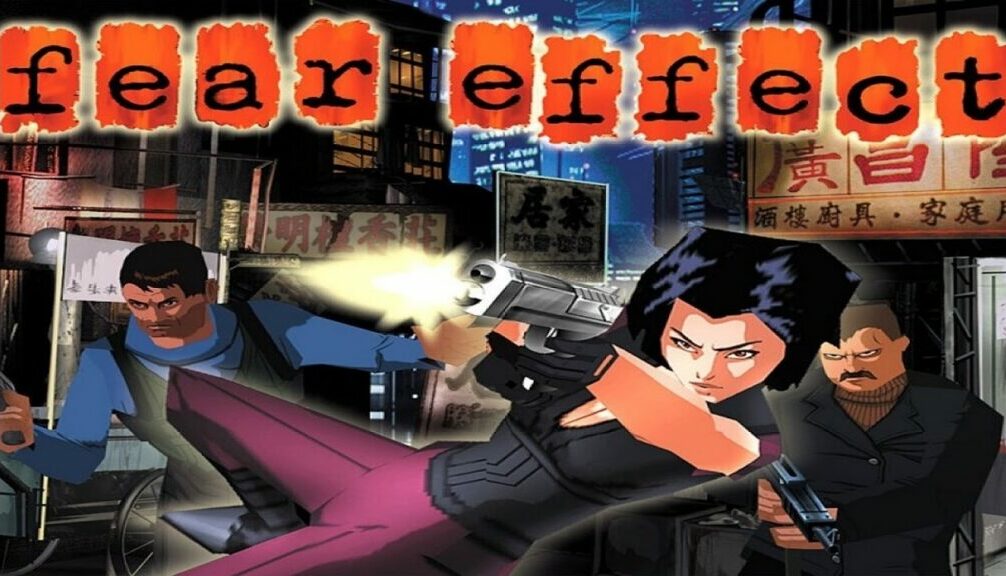 ROH: Your art style was a huge influence on me. It’s such a pleasure to be able to sit down and speak to someone who was involved in the creation of games that means so much to me. Both games made a huge impression on me. To this day I still break out the old PS2 or PS3 and play them.
ROH: Your art style was a huge influence on me. It’s such a pleasure to be able to sit down and speak to someone who was involved in the creation of games that means so much to me. Both games made a huge impression on me. To this day I still break out the old PS2 or PS3 and play them.
Joan Igawa: Wow, that’s cool!
ROH: And I don’t know where this came from, but every time I go to a Chinese restaurant or sushi place, and hear the music they play there, that reminds me of the Fear Effect games and vice versa.
Joan Igawa: That’s cool to know that there’s still this group that really digs the games.
ROH: Fear Effect and Fear Effect 2: Retro Helix has both celebrated their 20th anniversaries recently. There’s nothing else like them. Both games have stood the test of time and are just as compelling now as when they were first released. Is there anything you’d like to say to all the fans out there who have enjoyed your work for all these years?
Joan Igawa: Well, thank you! Thank you for the support and your admiration for these games. Stan poured heart and soul into them. We all did. It’s nice that people still love it to this day.
ROH: I’d like to personally thank you for all that you contributed to the series and thank you so much for taking the time to speak with us!
Joan Igawa: Oh, you’re welcome!
Special thanks to Joan Igawa for graciously taking the time to be interviewed and for providing pictures of the original artwork from the Fear Effect series. Be sure to check out her Atomic Bullfrog and Etsy sites for lots of cute and fun merch.
About the Author: William Lockwood is the Editor in Chief of Rely on Horror. He’s also a freelance writer and illustrator living in South Carolina. When he’s not playing video games and watching movies on the big screen, he’s working on writing and illustrating his own fantasy series. Samples of his work can be seen on his DeviantArt and Instagram pages.
This interview has been edited for length and clarity.

